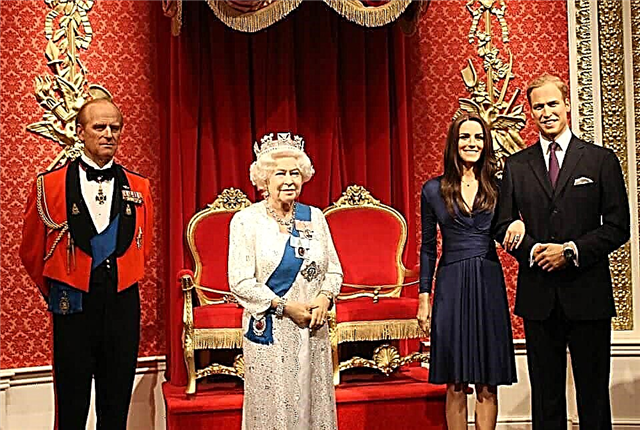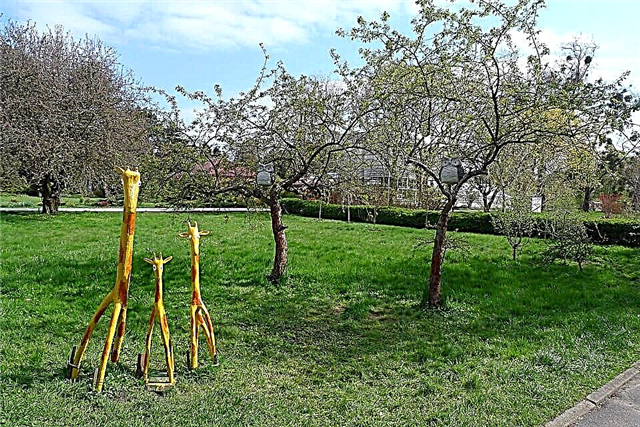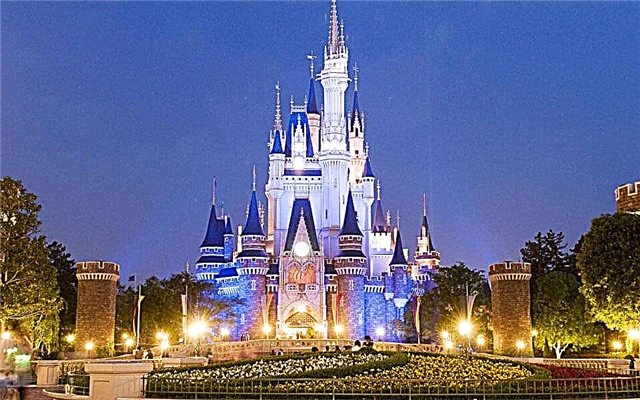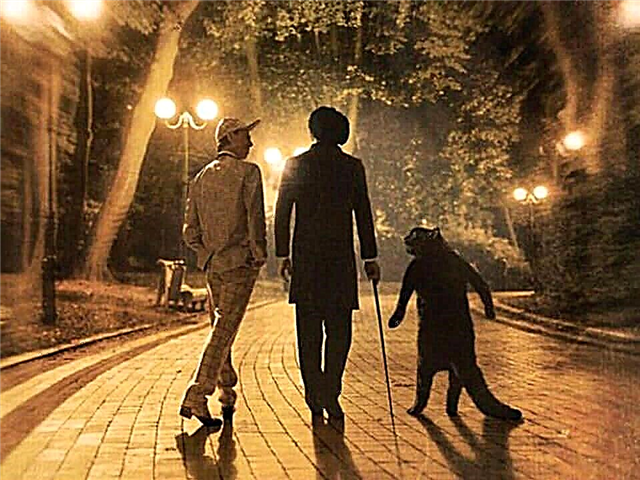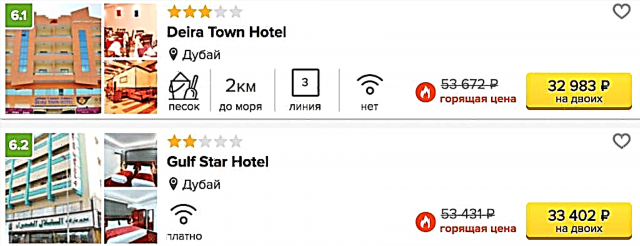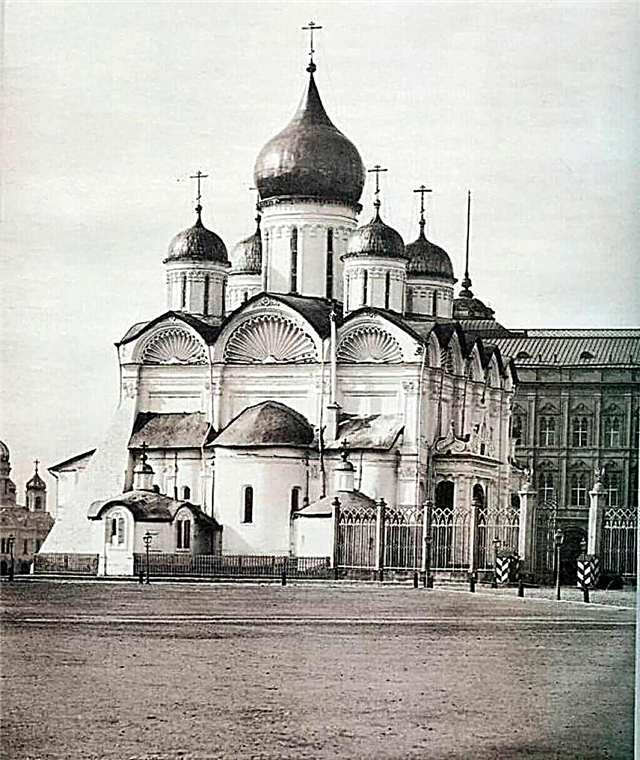The Moscow Kremlin with its majestic cathedrals is the pride of Russians, but not many people know about its unique sights. For example, about the history of the creation of the Archangel Cathedral, or, as it is also called, St. Archangel Michael. This saint, according to Christian teaching, escorted the souls of the departed people to the kingdom of the dead.
Construction history
Historians know almost nothing about the first, wooden church; they assume that it was built in the twenties of the XIII century. At this time, Hororite reigned in Russia. He did not rule for long, as he was mortally wounded in a battle with the Lithuanians. In the XIY century, a stone structure was erected on the site of the former church by order of Prince Ivan Kalita (reign 1325-1340). As follows from historical documents, at that time in Russia there was a terrible crop failure of rye, one of the main foodstuffs, the people began to starve. Ivan Kalita vowed to build a cathedral in order to stop the crop failure and restore peace in the country. About the first church built of stone, scientists know only the date of completion of construction - 1333, in the same year, in September, Metropolitan Theognostus consecrated it.
Later, side-altars were erected, named in honor of Saints Andrew and Simeon, and a few years later, side-altars of the Ascension of the Lord and the Apostle Aquila appeared. But, since they were built of wood, they almost completely burned out during the strongest fire of 1475, when Moskvorechye, Arbat, Zaneglimenye were engulfed in fire. A few years later, the side-chapels were replaced with stone ones. But in what place they were located, historians could not determine. During the reign of Ivan III, the building lost its grandeur, dilapidated, and also suffered from lightning in the 50s of the XY century. Therefore, in 1505, the prince ordered to dismantle the old temple and build a new one. Unfortunately, Ivan III died before the end of construction. He was buried in the Archangel Cathedral - this is the first burial of royalty here.

The building was completed in 1508 and still exists today. For its construction, one of the most famous architects of that time, Aleviz the New, was invited from Italy. He used motives inherent in the Italian Renaissance in architecture. The building itself is five-domed, with eight aisles. Zakomaras (semicircular ends of the outer part of the wall) are decorated with shells. Pilasters (a vertical ledge in the wall, reminiscent of a column) are decorated with floral ornaments. Contemporaries were amazed and amazed by the new cathedral, its appearance was uncharacteristic for the churches of Russia, resembling rather Italian palaces. It was consecrated by Metropolitan Simeon in September 1508.
The building was badly damaged in 1812, during the Patriotic War - Napoleonic soldiers outraged the holy place, having arranged a field kitchen in it. Then, in 1917, the cathedral was severely damaged during the shelling of the Kremlin, and the following year it was closed to the public. In 1929, the remains of women of the royal dynasties were transferred to the basement of the temple.
Tomb of the kings
In essence, the temple is a royal tomb. The custom of burying in temples came from Byzantium. It was believed that some important persons "did not die after death." This is how the tradition arose - for representatives of one ruling clan, tombs were erected, therefore, in the Cathedral of St. Archangel Michael rests the remains of the Rurik and Romanov dynasties. Ivan Kalita and Dmitry Donskoy are buried here. At the southern wall are the tombs of the great Moscow princes, in the western part - the remains of appanage princes, in the northern part you can see the burials of princes who fell under the royal disgrace.
The tomb of Ivan IY the Terrible is located on the altar, in a separate tomb. Attention is drawn to the cancer, which contains the body of the youngest son of Ivan IY - Tsarevich Dmitry. It is located in the central nave. As is known from history, the prince was killed in Uglich, although historians are still arguing about this. Members of the Romanov dynasty, including Mikhail and Alexei, rest in the center of the cathedral. The last of the Romanov family was buried the grandson of Peter the Great, Peter II, this happened in 1730.

Currently, there are 44 gravestones dating back to the 30s of the XYII century. They are made of bricks and faced with white slabs, on which you can read the names and dates of the lives of the deceased. In the first quarter of the twentieth century, the gravestones were covered with brass covers.
Unique frescoes and antique icons
Inside, the temple amazes with frescoes, skillful artists painted the walls in the seventeenth century, the names of some of them have survived - Yakov Kazanets, Guriy Nikitin, Fedor Zubkov and other masters. On the walls of the cathedral, you can see about 60 images of royalty and their wives: Princess Olga, princes Bogolyubsky, Nevsky, Vladimir, Ivan Kalita and Semyon the Gordy. Some of the people depicted in the portraits are canonized. There are portraits above each princely burial, depicting the deceased in a prayer pose, the images are accompanied by an inscription in which their names and the names of patron saints are indicated.

Tsar Ivan IY did a lot to replenish the original iconostasis, which has not survived. Historians suggest that from that time there were icons: "John the Baptist - Angel of the Desert", "Annunciation of Ustyug", "Nikola Mozhaisky". The temple icon "Archangel Michael with the Deeds of Angels" attracts attention - it is considered one of the oldest icons. Now it is hardly possible to prove it, but according to legend, it was ordered by Evdokia, the widow of Dmitry Donskoy, in honor of the victory in the Battle of Kulikovo. Perhaps the icon was in the previous cathedral, erected by order of Ivan Kalita. It is possible that Theophanes the Greek himself or his students took part in its writing.

The icons that can be seen in the walls of the temple were painted for the most part in the seventies - early eighties of the XYIII century. They were ordered by Tsar Fyodor Alekseevich. The carved iconostasis was made by skilled craftsmen called from all over Russia; more than 60 people were involved in this work. It has four tiers, with the Crucifixion at the top. On both sides of the Royal Doors, you can see unique icons - "The Great Bishop of the Savior", "Our Lady of the Blessed Sky".
Where is it located and how to get there
It is most convenient for guests of the capital to take the metro to the Borovitskaya, Aleksandrovskiy Sad and Arbatskaya stations. Exit to the Alexander Garden, here you can buy entrance tickets.
Ticket prices
- pensioners and students - 250 rubles
- free - for children under 16
- other citizens buy a ticket for 500 rubles
To avoid unpleasant misunderstandings, you need to know the rules of conduct on the territory of the Kremlin:
- You can take pictures on the territory of the complex, filming is not allowed in museums and cathedrals
- You cannot visit the territory while intoxicated, in improper clothing, bring flammable substances, weapons, all this can be deposited
- You can not eat, drink
- It is not recommended to sing, post flyers, play musical instruments
Not much is required from tourists - you just need to show respect for a place that is significant for a Russian and not commit unworthy deeds.
At least once in your life, if the opportunity arises, you should visit the Moscow Kremlin, and one of the most beautiful buildings and most interesting museums - the Museum of the Cathedral of St. Michael the Archangel. The unique frescoes, icons and tombs collected there will not leave anyone indifferent, impressions will remain for a long time.


